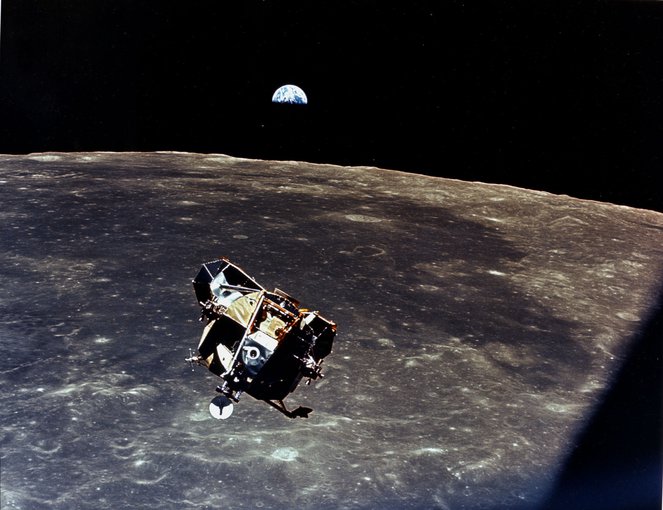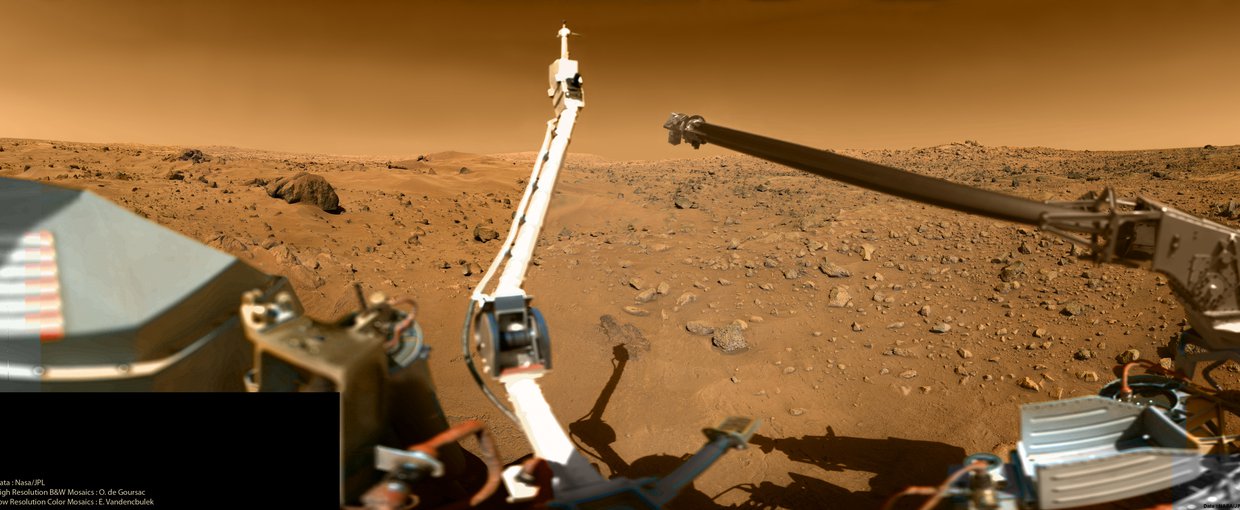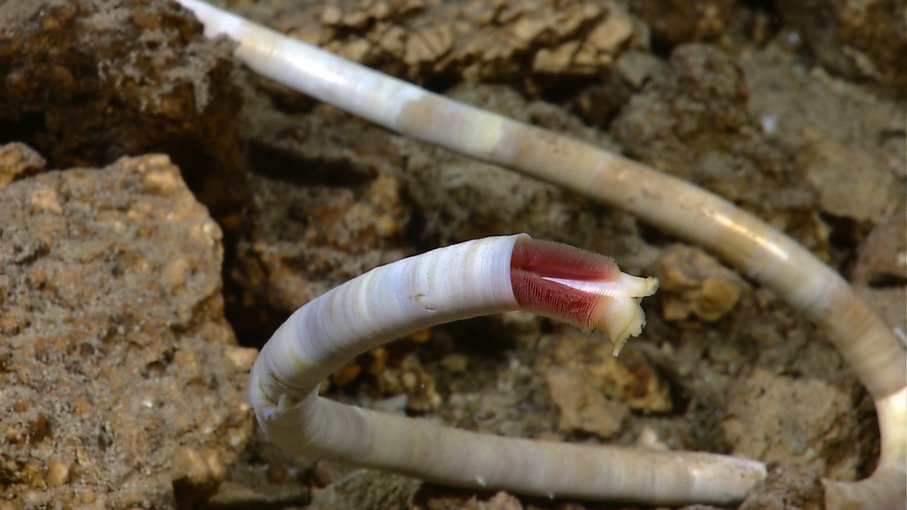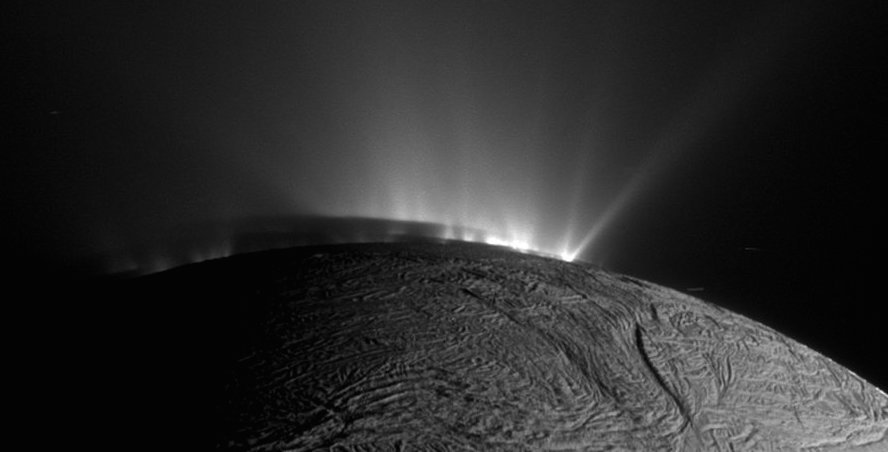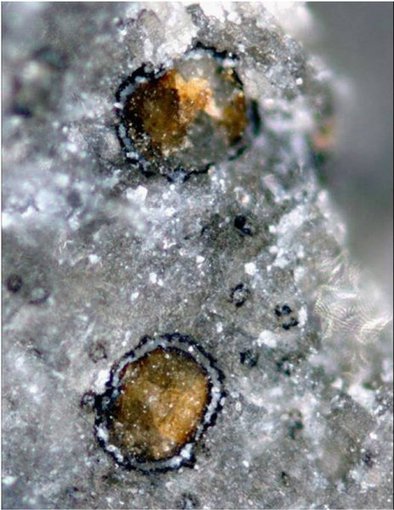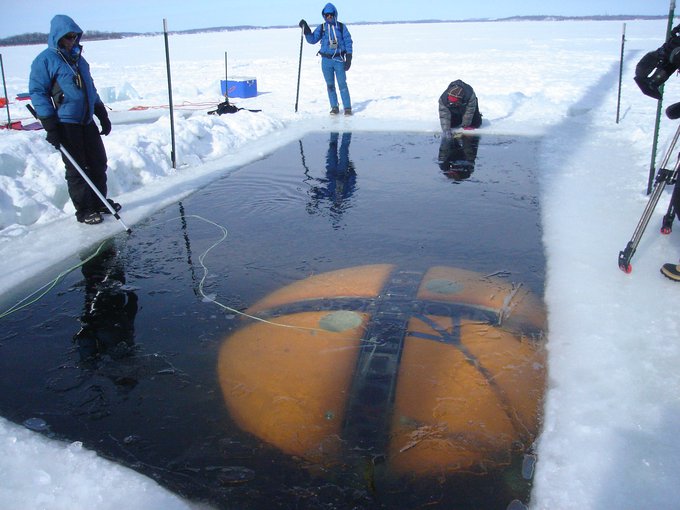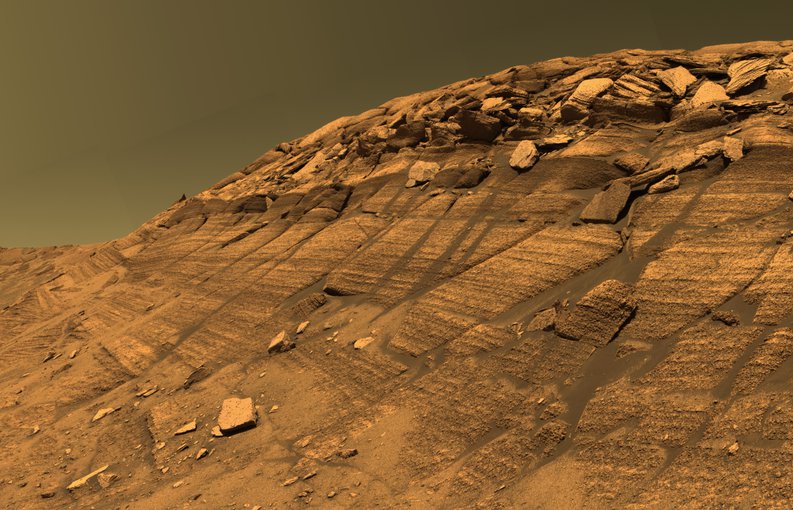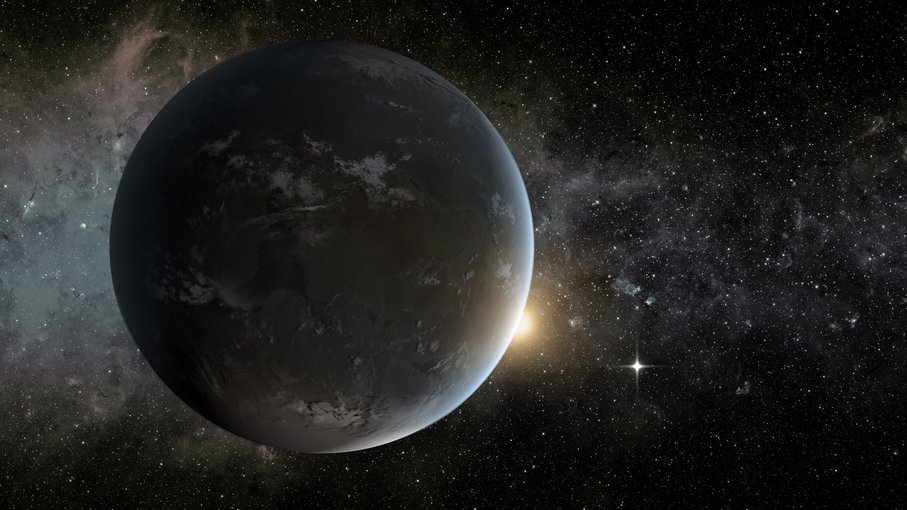Not long after NASA was established in 1958, the agency began a broad-based effort to learn how to look for the presence – both ancient and current – of life beyond Earth. Joining the agency’s human and robotic space programs with an offshoot of biology has not always been an easy or accepted fit, especially since no actual samples of life have ever been found elsewhere. But by now the two programs have become so interwoven, so interdependent, that each would be deeply damaged without the other.
Some of that initial pairing stemmed from fortuitous timing, the juxtaposition of two historic advances. First came surprising discoveries and follow-on theories about how life organizes itself, and how it might have started on Earth. That was followed soon after by our first successes in space travel, and the implicit promise of much more to come.
So the nation’s ability to reach into space came at a time when people were open, eager even, to learn more about the dynamics and origins of life on Earth… and possibly beyond.



